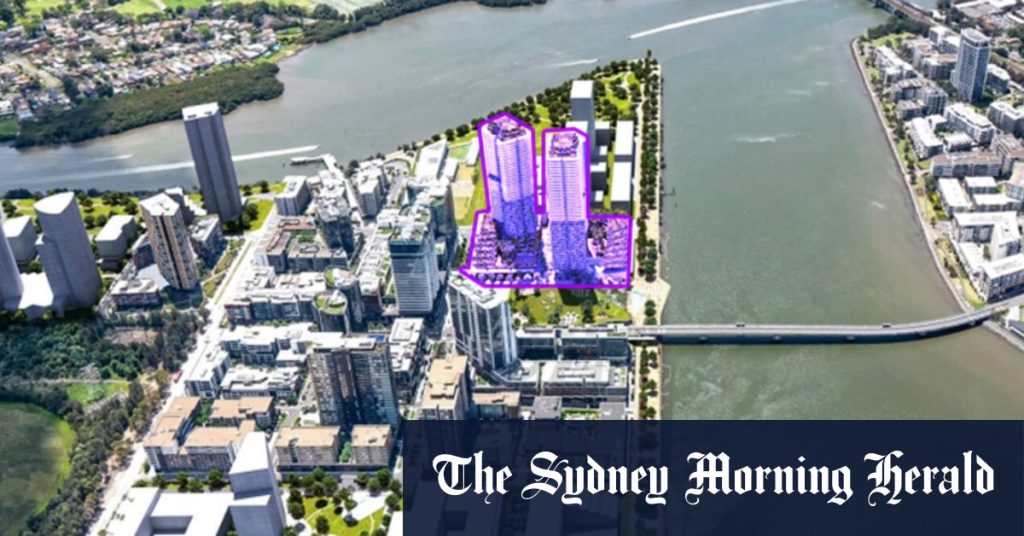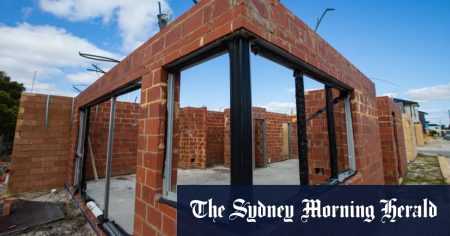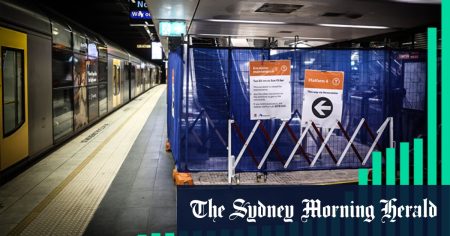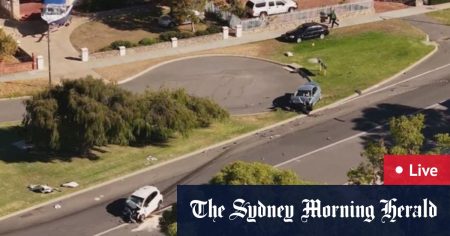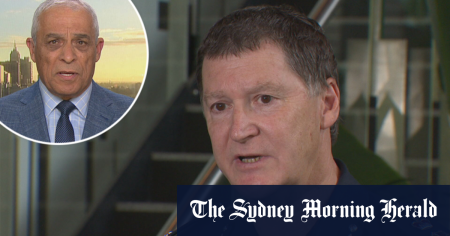Department’s Action and Community Engagement
The department responsible for handling the development proposal for Block H in Parramatta issued an apology for the prolonged processing time of the matter. While Fishburn, the representative, did not provide a specific reason for the recent change in the department’s approach, a spokesperson clarified that the decision to delegate the Development Control Plan (DCP) back to the council was made to ensure a stronger connection between the DCP amendments and the Planning Agreement. This alignment is crucial to guarantee that any community benefits tied to the development are consistent with the changes made to the DCP. Council staff have been tasked with preparing a detailed report for the councillors, who will review and make a decision later in the year.
Developer’s Proposal and Public Consultation
When the department initially took over the handling of the proposal, the developer, Billbergia, submitted a revised plan. Instead of the originally proposed 50-story and 40-story towers, the new application seeks approval for two 40-story towers. This change, however, does not eliminate the need for a separate development application, which will still require approval. The department conducted a public consultation spanning three months, during which it collected 1,130 responses—a significantly higher number compared to the average community consultation. The results showed that 636 people (56%) supported the development, with 44% of these supporters providing detailed reasons for their approval. Conversely, 480 people (42%) opposed the development, and a substantial 94% of these opponents provided detailed explanations for their stance. The level of engagement and the detailed responses indicate a highly passionate and informed community.
Concerns About Infrastructure and Overdevelopment
The opposition to the development is fueled by concerns about the potential strain on existing infrastructure and the impact on the community. Donna Davis, the Parramatta Labor MP and former mayor, expressed her opposition to the plan changes in a speech in the state parliament. She highlighted that Block H was part of a larger site, and the redistribution of the gross floor area to an adjacent site has led the developer to seek additional approvals—a move she referred to as "a second bite at the cherry." Davis warned that approving the development would exacerbate the already overwhelming pressure on Hill Road, the sole access point to the peninsula, and further strain public infrastructure. Her concerns are echoed by Wentworth Point residents, who have long warned that their suburb is struggling to cope with rapid population growth and insufficient infrastructure.
Community Benefits and Developer Contributions
Despite the challenges, Billbergia has proposed several community benefits as part of its agreement with the council. The developer operates a free shuttle bus service to Rhodes, which it has committed to continuing until January 2031, provided the DCP changes are approved. Additionally, a nearby astroturf park, owned by Billbergia, was recently expanded, offering some much-needed open space for residents. However, these contributions have not fully alleviated concerns, as the community still lacks adequate green space and faces significant overcrowding in local schools. The public primary school, built as recently as 2018, is already at capacity, while a new high school has just begun operating, with plans to accommodate up to 1,500 students.
Transportation Challenges and Future Developments
The transportation infrastructure in the area is another critical point of discussion. Currently, the peninsula is serviced by two bus routes connecting residents to Strathfield and Chatswood, in addition to Billbergia’s free shuttle bus. However, these services are insufficient to meet the growing population’s needs. The second stage of the Parramatta light rail, which is expected to pass through the area, offers hope for improved transportation links. However, until this project is completed, residents will continue to face challenges in accessing reliable and efficient public transport. The light rail project is seen as a potential solution to some of the area’s transportation woes, but its implementation is still in the future.
Ongoing Challenges and the Need for Sustainable Solutions
The debate over the Block H development highlights the broader challenges facing Wentworth Point and surrounding areas. Rapid population growth, insufficient infrastructure, and the pressure on public services have created a perfect storm of concerns for residents. While the community acknowledges the need for development and the potential benefits it can bring, there is a strong emphasis on ensuring that any new projects are accompanied by adequate infrastructure to support them. As the council prepares to make its decision later in the year, the focus will be on striking a balance between accommodating growth and preserving the quality of life for existing residents. The outcome of this debate will set a precedent for future development in the region and serves as a reminder of the importance of engaging with the community and addressing their concerns proactively.





